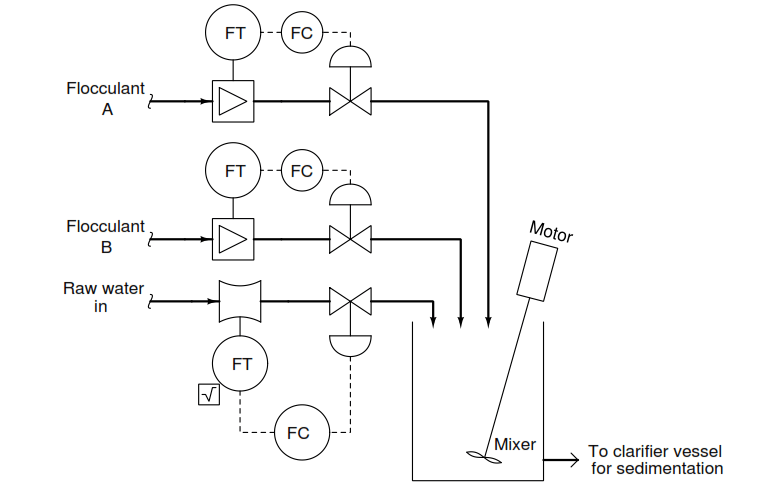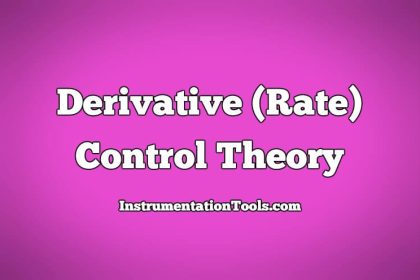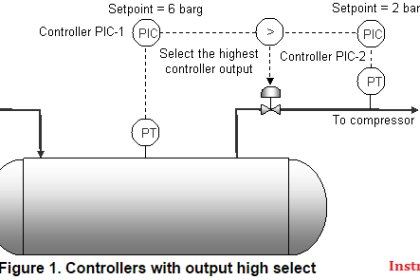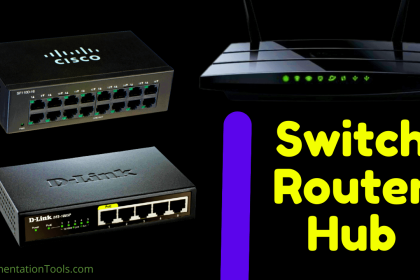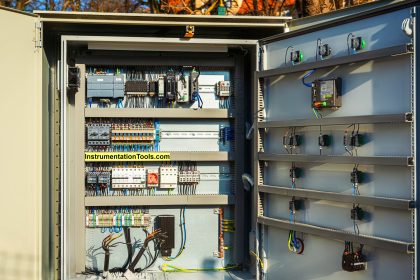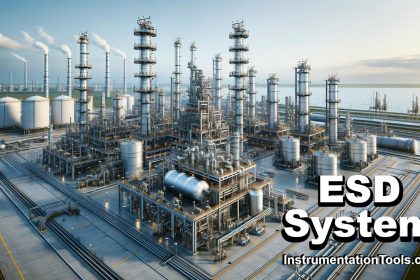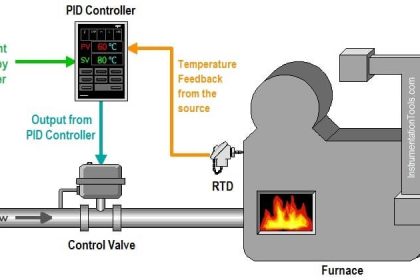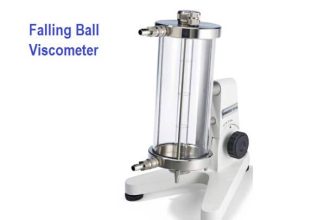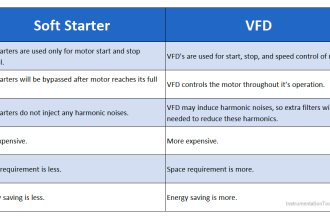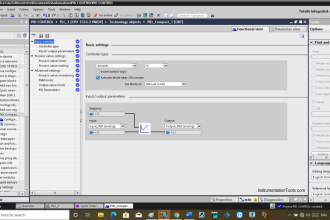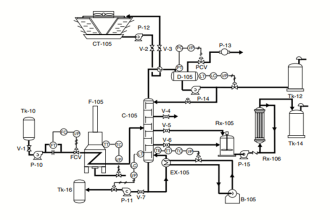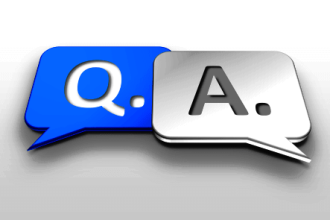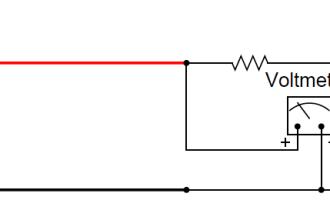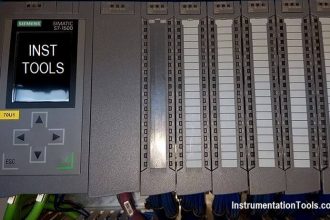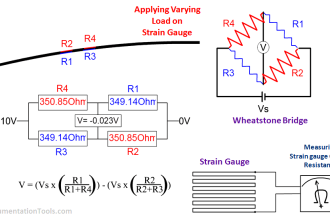A variety of chemicals are added to raw water when treating it for human consumption, and also when treating water for many industrial processes.
In the coagulation stage, chemicals are added to cause suspended solids in the raw water to coalesce into larger particles called floc, which precipitate out of solution more readily. To maximize effectiveness and to reduce waste, these chemicals need to be added to the water in specific proportions:
Ratio Control
If the raw water inlet flow and composition never change, the flocculant flow control setpoints may be left unchanged as well. Once the correct proportions are set, the flocculant chemicals will continue to be added at just the right amounts.
But what if the raw water inlet flow is subject to change? It would be quite inconvenient for operators to re-adjust the flocculant control setpoints every time a water flow rate change took place. Can you think of a way to implement ratio control in this system to handle such changes automatically?
For those who have studied flowmeter technology, identify the types of flowmeters shown in this diagram and explain how each of them works.
After implementing your control strategy, analyze the effects of the raw water flow transmitter failing with a low signal.
Join the Discussion! Share your answers with us through below comments section.
Read Next:
- DCS System Layout
- PLC, HMI, VFD
- Boiler Controller Philosophy
- Magnetic Flow Meter Corrosion
- What is an Orifice Flange?
